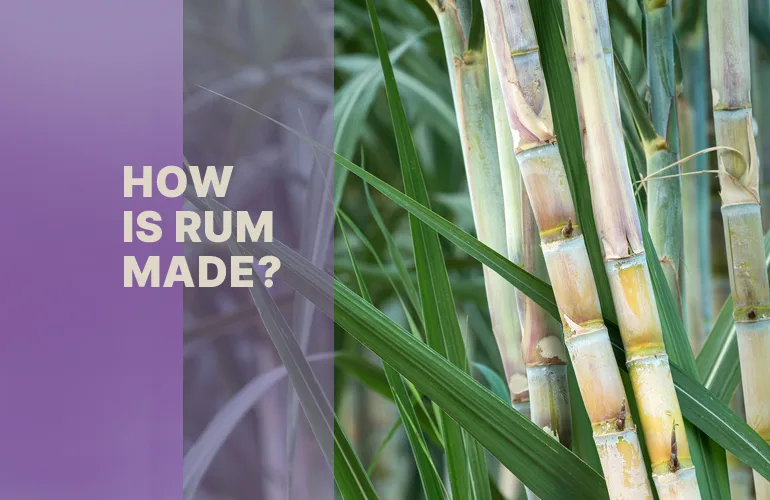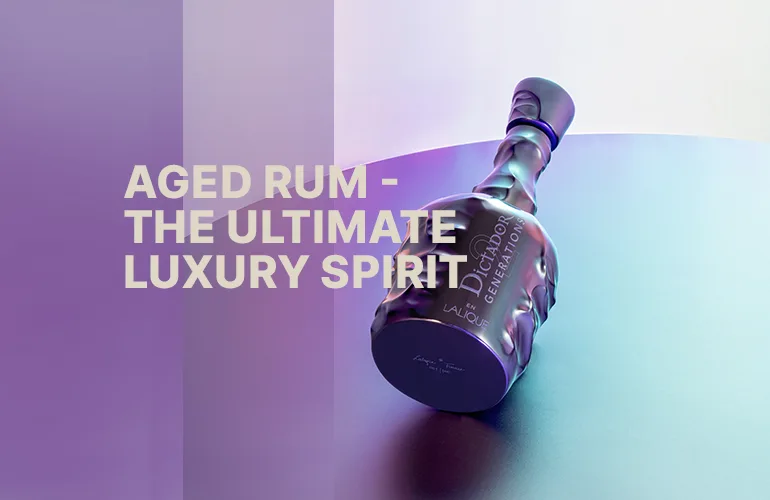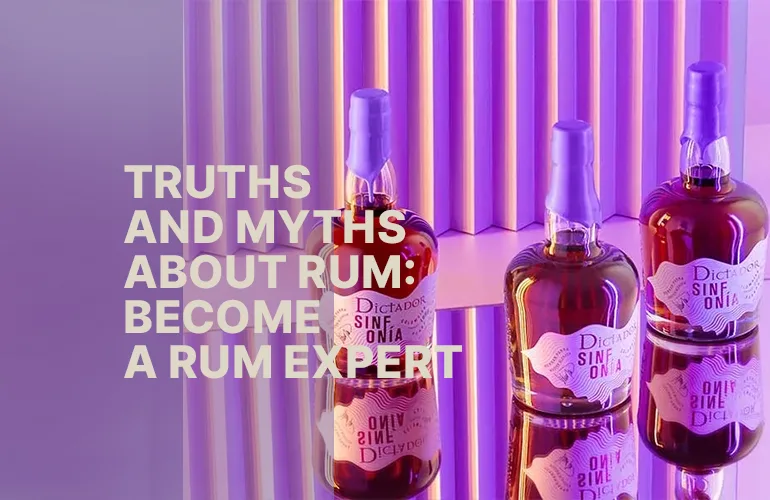Rum, often celebrated as the “spirit of the tropics,” owes its existence to sugarcane—a tall, fibrous grass native to warm, humid climates. However, the creation of rum begins not with raw sugarcane but with molasses, a thick, rich by-product of refining sugarcane into sugar. This molasses, often considered waste by sugar producers, serves as the foundation of most rum, making the spirit both a marvel of resourcefulness and craftsmanship. Whether produced in the Caribbean, Latin America, or other sugarcane-growing regions, the process of making rum is a fine balance of tradition, innovation, and passion.
From Cane to Molasses: The Beginning of Rum’s Journey
Sugarcane, which typically takes 10 months to two years to mature depending on the region, undergoes several stages before it becomes the molasses used in rum production. The harvest process starts with burning the sugarcane fields, which removes pests and debris while preserving the water-rich stalks. Once the cane is cut, it must be milled within 24 hours to preserve its natural sugars. During this milling stage, the sugarcane is crushed, and its juice is extracted and boiled to produce molasses—a thick, syrupy substance that forms the base of most rum production.
Molasses, with its deep, rich, sugary character, is the preferred ingredient for around 95% of rum production. However, some rum producers opt for a more distinct route by using fresh sugarcane juice, creating a unique type of rum called “rhum agricole” or sugarcane syrup, which adds a grassy, fresher taste to the spirit. The choice of base ingredient—molasses or sugarcane juice—affects the flavor profile of the rum, with molasses-based rums typically delivering richer, more robust notes compared to their sugarcane juice counterparts.
Fermentation: The Birth of Flavor and Character
Fermentation is where the magic begins, as sugar is converted into alcohol, marking the birth of rum’s distinct flavors. Molasses is first diluted with water to prepare it for fermentation. Then, yeast is introduced to consume the sugars in the molasses, resulting in the production of alcohol and carbon dioxide. This process produces a low-alcohol liquid known as sugarcane wine, with an alcohol content of around 8-10%. The transformation of sugar into alcohol also marks the beginning of the development of the rum’s flavor profile.
There are three primary fermentation methods, each influencing the final flavor of the rum:
- Natural Fermentation: This method uses wild yeast and typically takes one to two weeks. It is favored by small-scale producers who value the character and uniqueness wild yeast brings to their rum.
- Controlled Fermentation: Using cultivated, selected yeast strains, this method takes around 2-3 days and is standard in larger operations. The controlled conditions help produce a consistent and predictable flavor.
- Continuous Fermentation: Ideal for industrial-scale production, this method allows for uninterrupted fermentation, resulting in high volumes of rum production.
Distillation: Refining the Spirit’s Essence
Distillation is a crucial step in rum production, where the alcohol is separated from the water and concentrated into a purer form. There are two primary distillation methods used in rum production: pot still distillation and column still distillation. Pot stills, often crafted from copper, are traditional distillation vessels that produce heavier, more aromatic rums. These rums tend to have a bold, full-bodied flavor with rich, complex notes.
On the other hand, column stills are more efficient and versatile, capable of producing both light and heavy rums. Column stills work by allowing the distillate to pass through multiple plates, continuously refining the liquid. This method is favored in Spanish-influenced rum regions, where the goal is often to create cleaner, subtler spirits. The choice of distillation method is vital, as it shapes the rum’s character and style. Many producers experiment with blending different types of distillates to create unique and complex flavor profiles.
Aging: The Art of Time and Flavor
Aging is arguably the soul of rum production. It transforms a clear distillate into a richly colored and flavored spirit that we cherish. Most rum is aged in oak barrels, often those that have previously held bourbon, whiskey, or wine. The oak wood plays a critical role, infusing the rum with a wide array of flavors, including caramel, vanilla, spice, and sometimes even smokiness depending on the level of charring or toasting done to the barrels.
Producers like Dictador elevate the aging process to an art form. Dictador’s innovative techniques involve finishing their rums in barrels that previously held fine wines, champagne, or whiskey, creating unique and extraordinary flavor profiles. One remarkable method employed by Dictador is dynamic aging, where the rum is aged on ships, allowing the movement of the ocean to increase the interaction between the rum and the barrel wood, further enriching the spirit’s character.
Blending and Bottling: The Final Masterstroke
Once the rum has aged to perfection, the final step is blending and bottling. Master blenders carefully combine rums from different barrels, vintages, and distillation methods to achieve a consistent, balanced flavor. This stage requires a keen sense of taste and intuition, as the blender works to harmonize the flavors and create a rum that offers both complexity and smoothness. In some cases, rums are aged further after blending to refine their character.
Premium rum collections, such as Dictador’s 2 Masters or Dictador Totem, showcase the meticulous artistry of the blending process. These limited-edition rums are the result of years of dedication and careful craftsmanship. Each bottle embodies the culmination of tradition, expertise, and a relentless pursuit of perfection. As these rums are bottled, they continue to appreciate in value, making them treasures for collectors and connoisseurs alike.
A Spirit of Craftsmanship: The Journey of Rum
From the sugarcane fields to your glass, the journey of rum is a testament to human ingenuity and dedication. Every step—harvesting, fermenting, distilling, aging, and blending—contributes to the complexity and richness of this beloved spirit. Whether you’re enjoying a young, vibrant rum or a decades-old vintage, you are experiencing a craft perfected over centuries.
To fully appreciate the artistry behind premium rum, explore Dictador’s exquisite collections, where time-honored traditions meet innovative techniques to produce rums of unparalleled quality. From the first sip to the last, each bottle tells a unique story—a reflection of the craftsmanship and care that goes into creating this iconic spirit.




